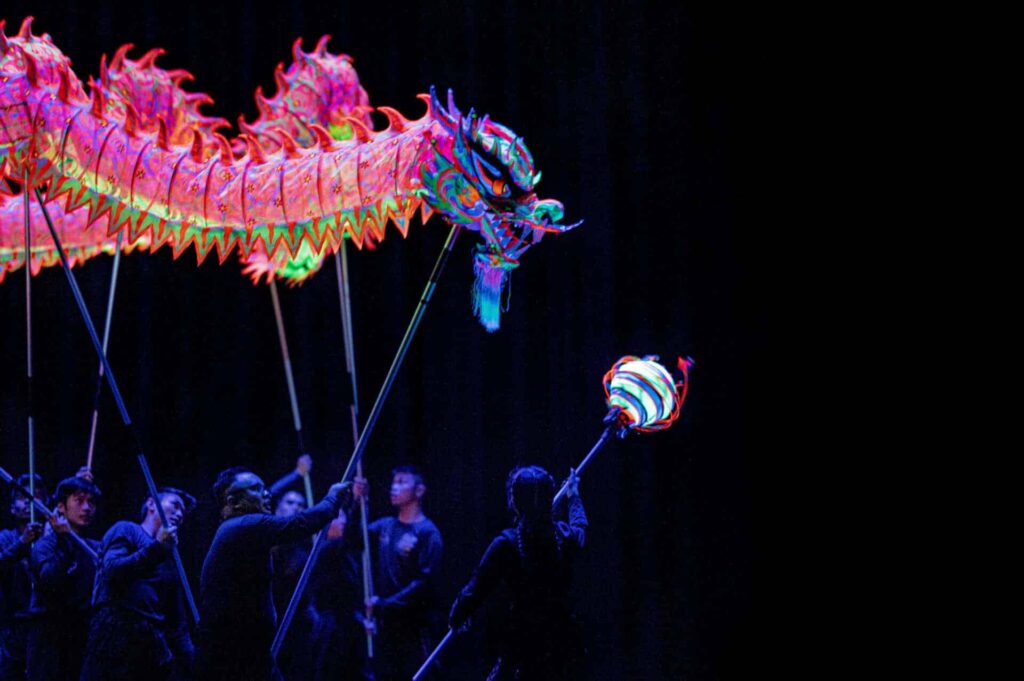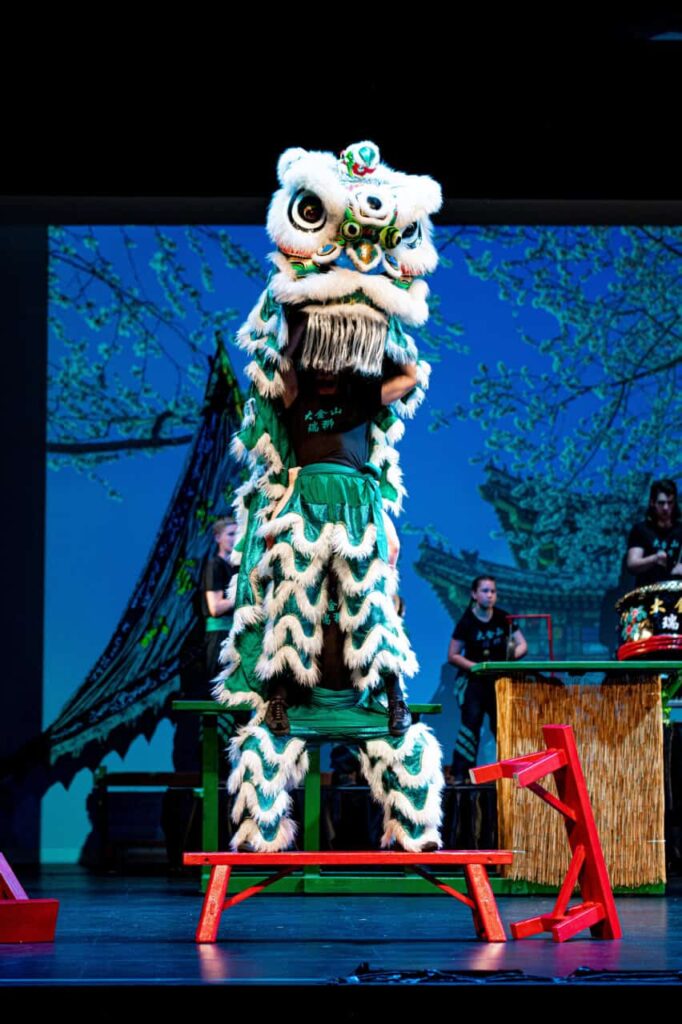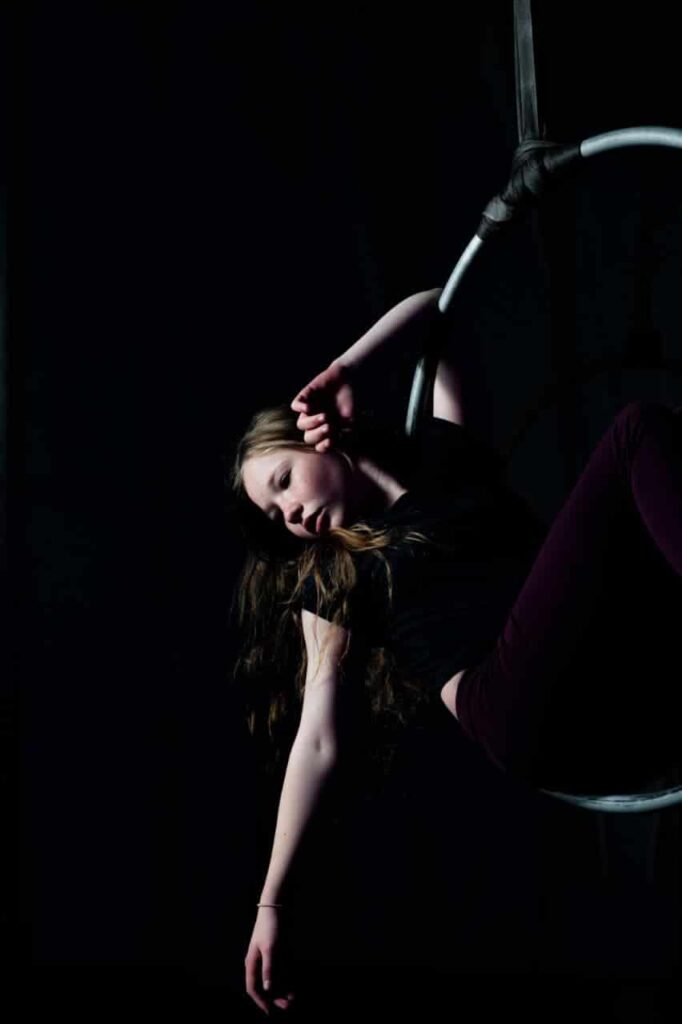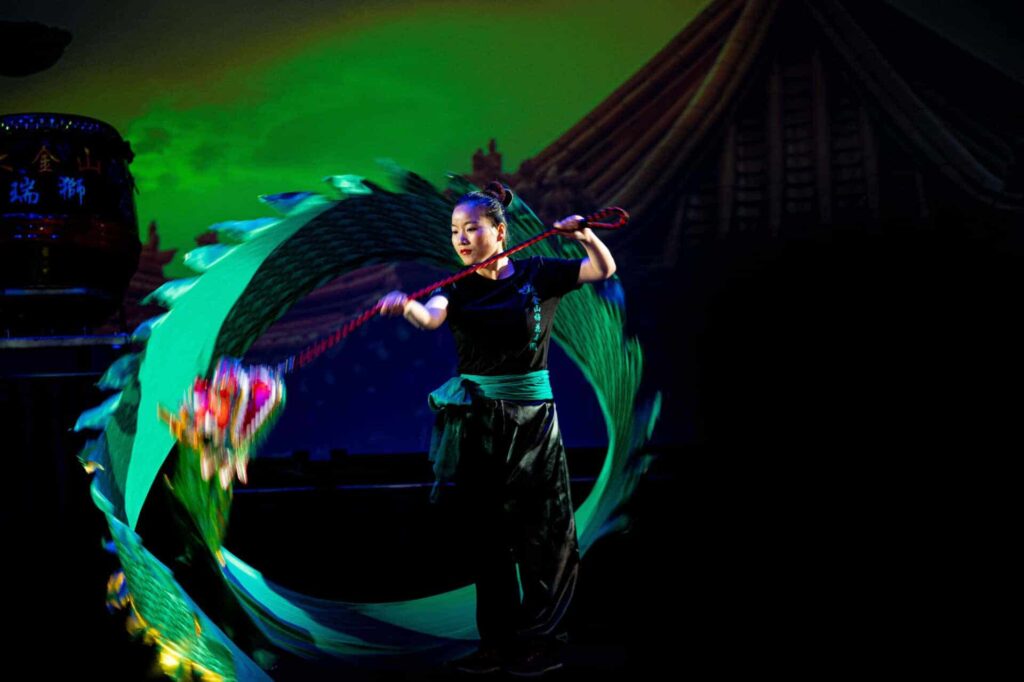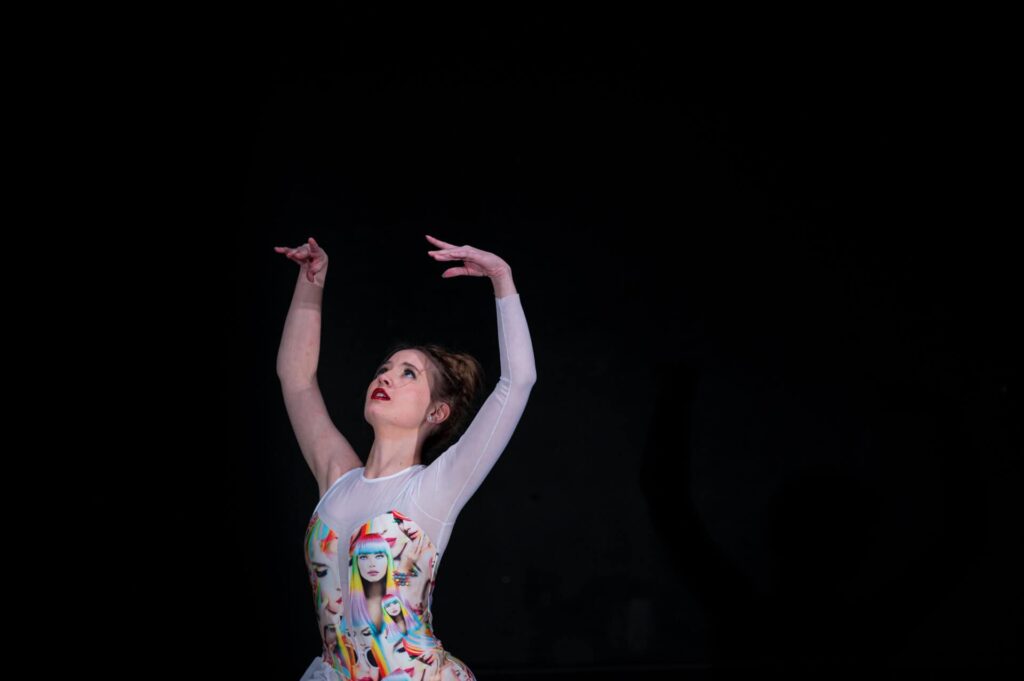Many young photographers often dread the lowlight situation with fast-moving subjects, but it’s in this difficult setting I find myself most at ease. Patiently swinging my lens to follow the movements of the performance is a sort of meditation for me.
The trick to shooting in low-light situations is first making yourself comfortable where you are and sticking to that spot. You can’t move around during the performance so you will need to fore-shadow the motions of your subject before dialing in the photo. Sticking to that spot can be the trickiest part, because at certain points during the show you might feel the urge to move about and reposition, but all this will do is cause stress and throw off your steady hand. You have to be ready to lose some angles of coverage to score that winning shot.
Technically when it comes to shooting in low-light situations there really isn’t much of a choice when it comes to lenses. You almost always need to be shooting at F2.8 or lower and this is where my kit of specialty F1.8 prime lens really comes into play. Not only do the prime lenses have a lower aperture, but they also have a much better light transmission compared to zoom lenses which really makes for an authentic to real-life look.
With the need to use technically difficult prime lenses, capture fast-moving subjects, and deal with the inherent trouble of not being able to focus in the dark. The inexperienced photographer might be tempted to push the ISO really high. This can often make for a grainer image but there is a time and place for raising the ISO and I explain below in reference to the two photos.
When it comes to taking photos in the darkness of the Awaken lightshow, I actually shoot a lot of photos at a very high 3200 ISO because I knew the higher ISO would bring out a greater range of colors. The light from all the projections actually helps cancel out the grain and it can be furthered reduced by adding contrast in post-production.
When it comes to shooting photos at the Bendigo Competitions Society dance comps, shooting at a higher ISO would have made the black portions of the photo unnecessarily gray pulling away focus from the performer. So i maintained a very low 400 ISO to keep the dark parts of the image black while not adding noise to the subject.

Sometimes I even manage to get myself in a candid shoot.
These photos taken in the ZFit Studio are probably some of the most difficult low-light photos I have to take. With the studio featuring high ceilings and large mirrors, great for taking selfies, they make it difficult to use flash without flaring your images. The need for the models to also go through their whole routine also adds to the complexity as I need to shoot at higher shutter speeds to lock in the action.
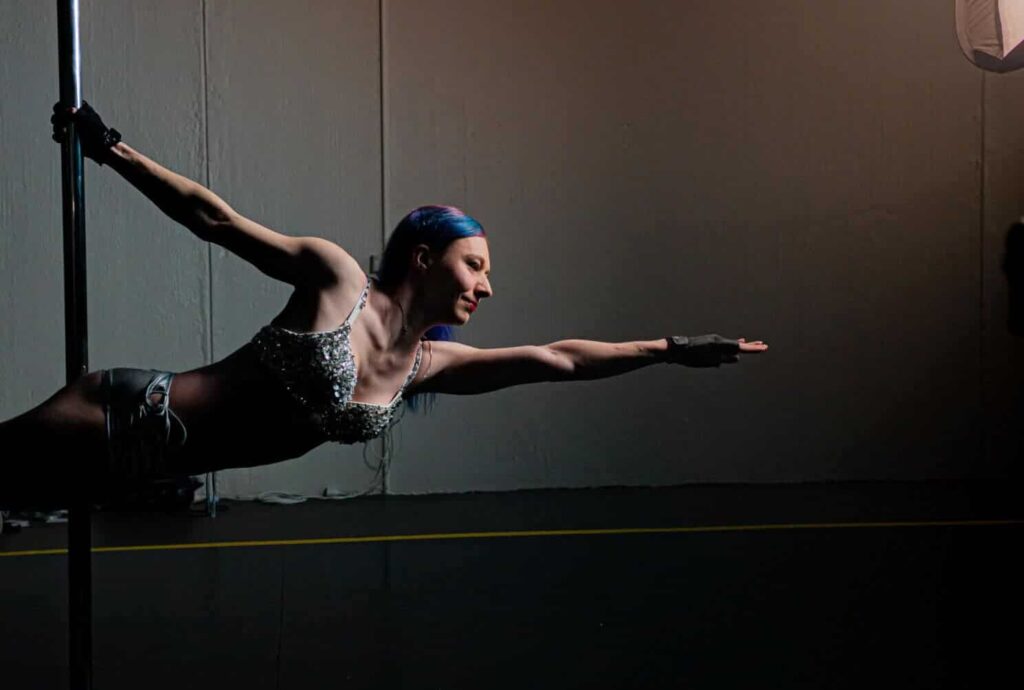

To get around these difficulties I often resolve myself to shooting in a ‘high contrast’, ‘gradient light’ style. But it was critical that we needed to see that they were in a real-life dance and the creative academy so some of the background needed to be visible, it can’t just all be black.
Going about capturing this in camera is technically a very different style to the Bendigo Dance Comps. Whereas for the dance photos I deliberately don’t want the background, with the Zfit photos i actually shoot with a higher ISO of 1600 and I intended to expose for the background also.
Then in post-production the style of ‘gradient light fall off’ is added. This way there is still some visual background but the eye is still drawn to the subject as intended. I will also mix in some artificial light to reflect the Zfit colors or enhance the tonal appearance.

Isn’t this a cool glow-in-the-dark dragon? To capture natural glow you either need a long shutter speed or in the case of a fast-moving subject a really high ISO of 6400. To get rid of all the unwanted grain I will spend some time in post-production reducing the dark areas to black and adding light where it is needed.
